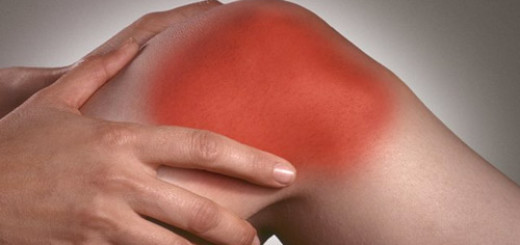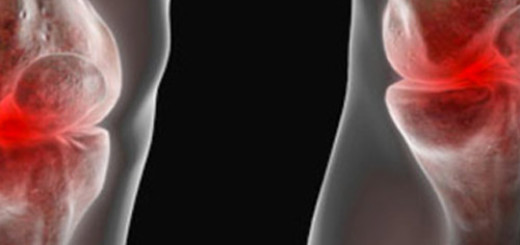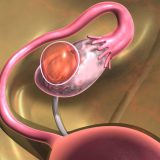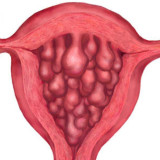As a result of the diagnosis the doctor prescribes the appropriate treatment. In some situations, the cyst resolves itself, Baker’s cyst treatment is required only when the formation is large and accompanied with severe discomfort. A physiotherapist can also advise a set of special exercises in conjunction with cold compresses to accelerate the healing.
In other instances, the conservative and surgical methods of elimination the formation are necessary. Baker’s cyst treatment strategy is usually defined by a surgeon or a podiatrist.
The conservative method
This Baker’s cyst treatment method includes carrying puncture cyst suction to get rid of excess fluid with a syringe (drainage of the cyst), and the subsequent introduction steroid anti-inflammatory agents, for example, diprospan, or hydrocortisone, into the cyst . The main problem of the conservative Baker’s cyst treatment is that it is not always effective and often provokes relapses.
If the knee joint is inflamed, first of all it is necessary to cure the basic illness. In this case, physiotherapy (bioresonance therapy), compresses, ointments and pills (NSAIDs) drugs with the use of hormonal blockade medications, and physical exercises aimed at strengthening the knee are appointed.
Traditional therapies can be used in addition to the conservative Baker’s cyst treatment. These are herbs like burdock, celandine, callisia fragrans. If the patient does not have allergic reactions to these plants, then the small amount is packed in compresses or you can also take the infusions inside.
Surgery
Surgery Baker’s cyst treatment gives better results. It is conducted when the cyst becomes large and difficults the movements of the joint. Other reasons for the operation are unsuccessful conservative Baker’s cyst treatment and the relapses. Surgery treatment usually the way to treat 3-4 cm length Baker’s cyst.
The operational method of removing a Baker’s cyst bases on its excision. Usually, local anaesthesia is used (general anaesthesia in children). The whole procedure, during which the cavity is cutting off, lasts no more than a third of an hour.
Sometimes, a similar operation is carried out using the arthroscope. It is less traumatic as requires only three small incisions with the diameter of the insertion tube. After the surgery, the patient is recovering in a hospital about 3-5 hours. The sutures are removed after a week. The patient is allowed to walk on his/her own only 5 days after the operation. Postoperatively, the patient wears a tight bandage or plaster.
Complications
Please, be aware that Baker’s cyst treatment is more effective if it is to start as early as possible, because such a cyst of the knee may give complications:
The gap cysts
In rare cases, synovial fluid enters the muscles in the back of the leg. It occurs as a result of increasing pressure because of the size of the cyst. In this situation, a patient experiences the following symptoms: swelling of the knee or the entire leg, severe pain in the popliteal area due to compression of the blood, lymph vessels and nerves, redness of the skin on the affected area. These symptoms are very similar to the symptoms of disorders associated with the occurrence of blood clots in the legs vessels. A qualified physician must examine the patient to avoid such illnesses as thrombosis or deep vein thrombophlebitis.
The compression of veins, muscles, shin nerves
Baker’s cyst may put pressure on the veins of the lower leg, causing blood stasis, the development of blood clots and the walls inflammation in veins. It is a known fact, all these may cause a blood clot blockage of blood vessels, and if this is the pulmonary artery, there is a great risk of death of the patient.
Damaged blood vessel can be complicated by severe bleeding. Prolonged compression of the nerves, muscles, blood vessels lead to compartment syndrome, consequences of which are very serious for the whole limb. It may develop soft tissue necrosis, inflammation of the bone (osteomyelitis) and other complications.
Baker’s cyst behind the knee: causes, symptoms, diagnosis and treatment
Baker’s cyst in children – more often than in adults. Dangerous complications













